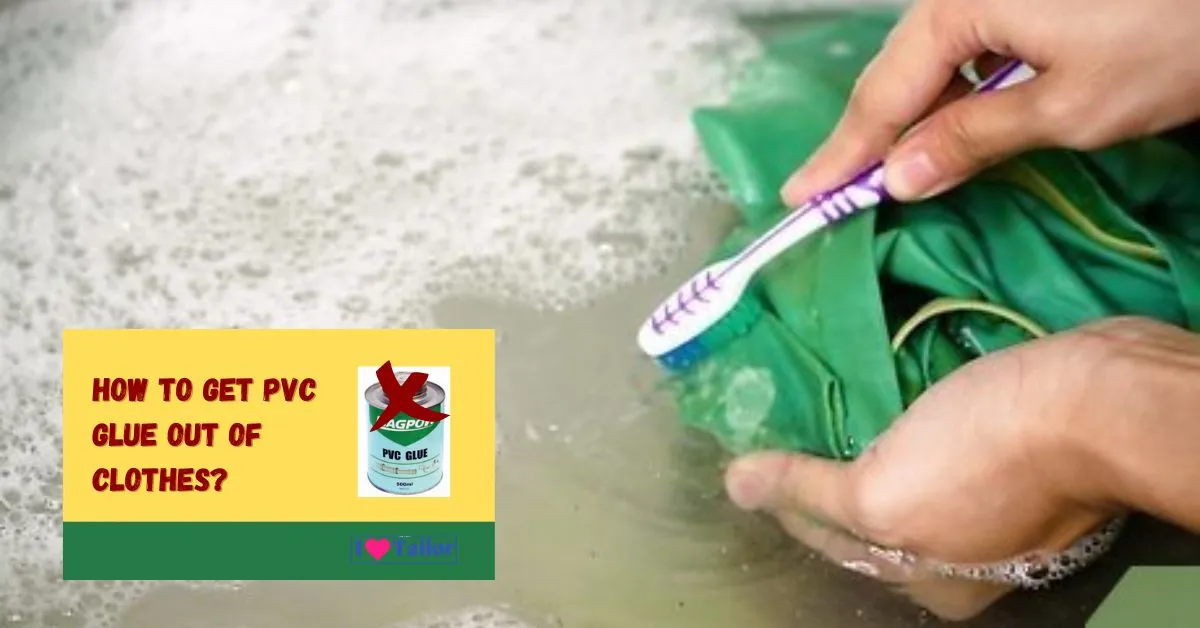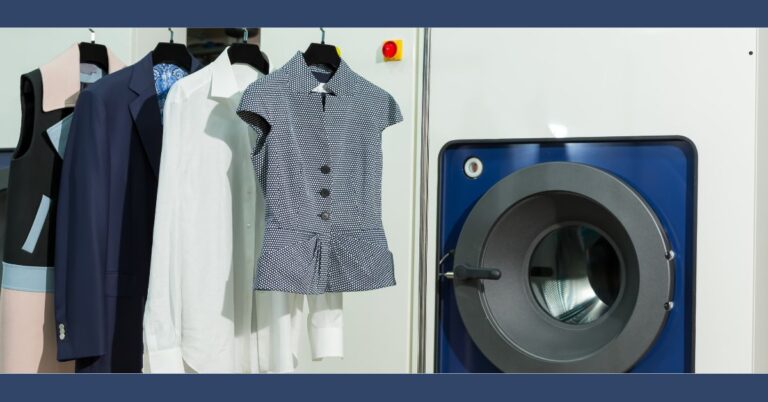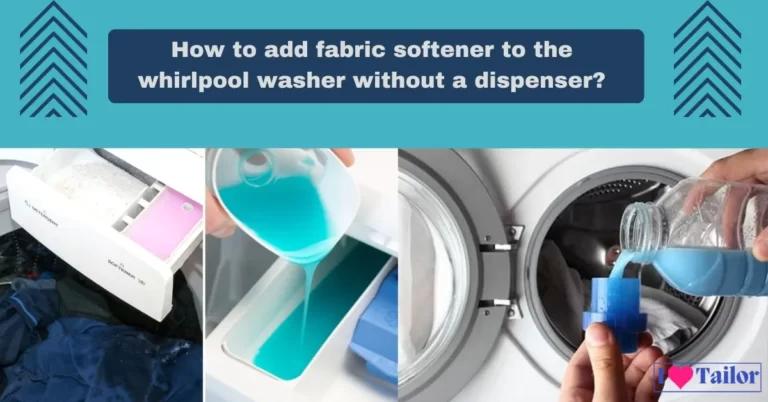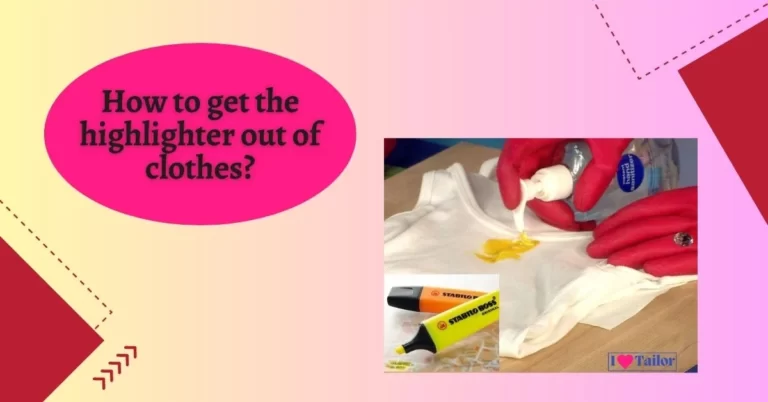How to get PVC glue out of clothes? | A Step-by-Step Guide
There is a clear sense of achievement associated with do-it-yourself (DIY) activities, particularly when they involve working with PVC. Anyone who has worked with PVC and its adhesive knows how untidy it can be. The detested PVC adhesive residue on clothing can turn your beloved attire into a calamity in seconds. Despite its adhesive nature, PVC adhesive is not an inerasable residue and can be eliminated with the proper methods and materials. This article, “How to get PVC glue out of clothes?” will guide you through the process of removing PVC adhesive from clothing, thereby preserving your garments and alleviating your concerns for future DIY endeavors.
Understanding PVC Glue
Polyvinyl Chloride, or PVC, is a variety of plastic that is frequently employed in construction for items such as pipelines and pavers. PVC glue, also referred to as PVC cement or solvent cement, is a specialized adhesive used to join PVC pipelines. It is renowned for its strong adhesion and rapid curing time.
Unique to PVC glue is that it is more than just an adhesive; it fuses the PVC parts through a process known as solvent welding. This means that the adhesive not only adheres to the surfaces but also fuses them by partially dissolving the PVC, forming a strong and durable bond when it solidifies.
The Effect of PVC Adhesive on Clothing
PVC adhesive, despite its utility, can be a problem if it gets on your clothing. If not correctly treated, it can leave a stain that is not only unattractive but also harmful to the fabric. The adhesive and solvent properties of the glue can cause it to penetrate deeply into the fibers of the fabric, resulting in a hard and unyielding location. If you attempt to remove it without the appropriate care, you risk injuring or shredding the fabric.
Related: What does machine wash separately mean?
How to get PVC glue out of clothes?
If you accidentally spill PVC glue on your clothing, don’t panic. Act quickly and follow these steps for the best chance of completely removing the stain:
Step 1: Don’t let it dry

Act immediately! PVC glue dries quickly, and the longer it stays, the harder it becomes to remove it. If you notice the spill when the glue is still wet, use a spoon or dull knife to gently scoop up as much of the glue as possible. Be careful not to spread it to clean areas of the garment.
Step 2: Freeze the Garment
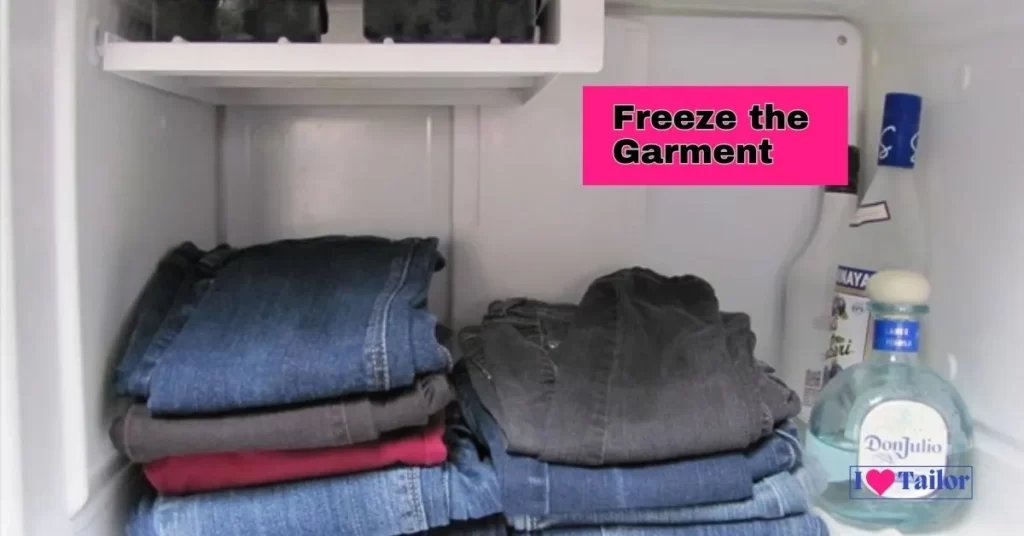
Place the stained item into a plastic bag that can be sealed, making sure the stain is as flat as you can get it. Place the bag in the freezer after sealing it. Ideally, leave the item in the freezer for many hours or all day. The adhesive will harden and compress in the cold, making it simpler to peel off.
Step 3: Scrape the Frozen glue
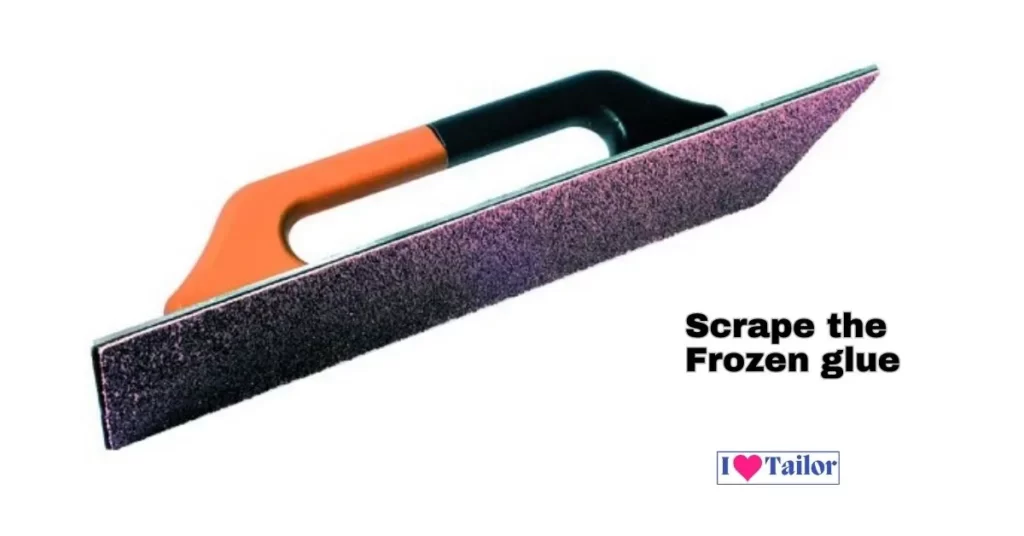
Once the glue has sufficiently frozen, remove the garment from the bag. Use a dull knife or spoon to gently scrape off the now-hardened glue. Be careful to scrape in a manner that doesn’t damage the fabric. Many frozen glue clumps should come off relatively easily.
Step 4: Apply Heat
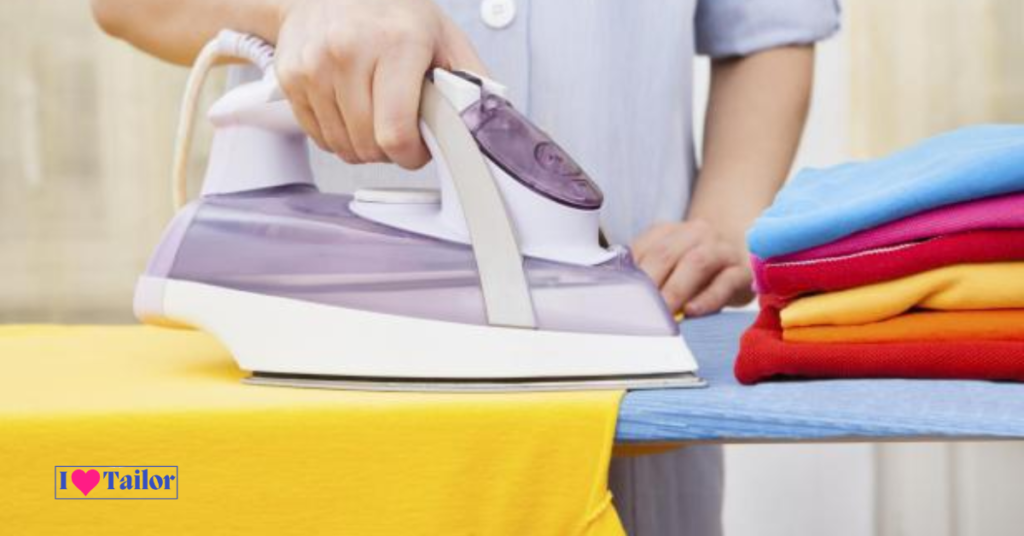
If some glue residue remains, you can use a hair dryer to gently warm the area. This heat will soften the glue, making it more pliable and easier to scrape off. Make sure you keep the hairdryer at a safe distance and on a low setting to prevent potential fabric damage.
Step 5: Spray with WD-40

After shaking the WD-40 can well, spray it onto the remaining glue stain, making sure to completely cover it. The WD-40 will work to dissolve the adhesive properties of the glue. Let it sit on the stain for about 15 to 20 minutes to penetrate the glue properly.
Step 6: Blot and Rinse
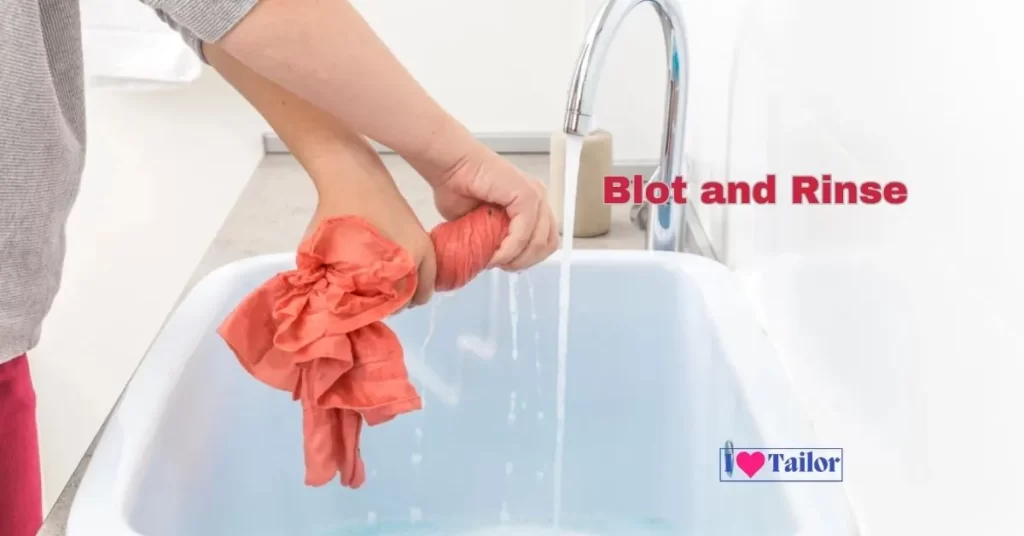
Take a clean cloth and blot (don’t rub) the treated area. The action of blotting should lift away the loosened glue from the fabric. After blotting, rinse the area thoroughly under cold water. This helps to remove any remaining WD-40 and glue residue.
Step 7: Apply Detergent and Wash
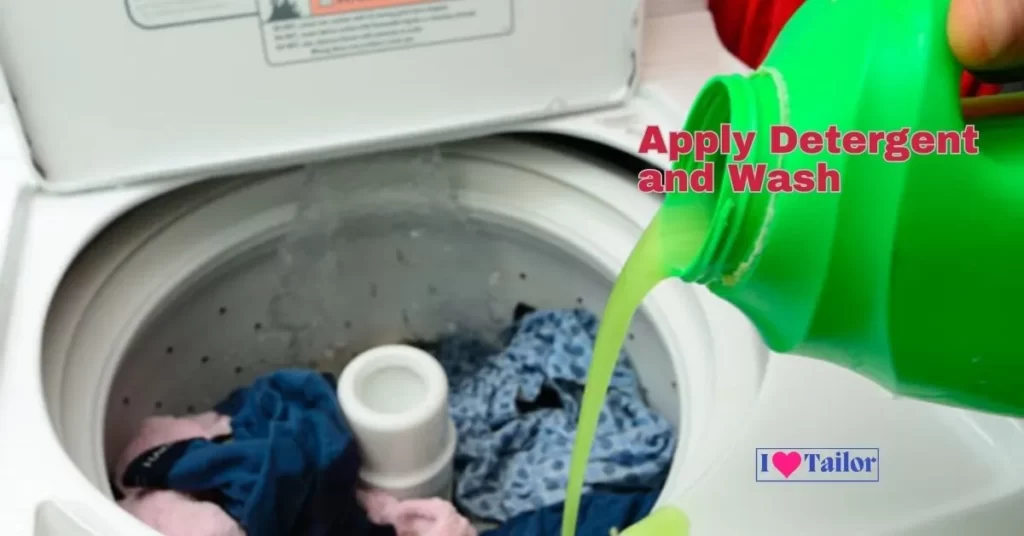
Next, apply some liquid laundry detergent directly to the stained area and rub gently. This will help remove any remaining residue and treat the area before washing. After working in the detergent, wash the garment as per the manufacturer’s care instructions on the garment label.
Step 8: Air Dry
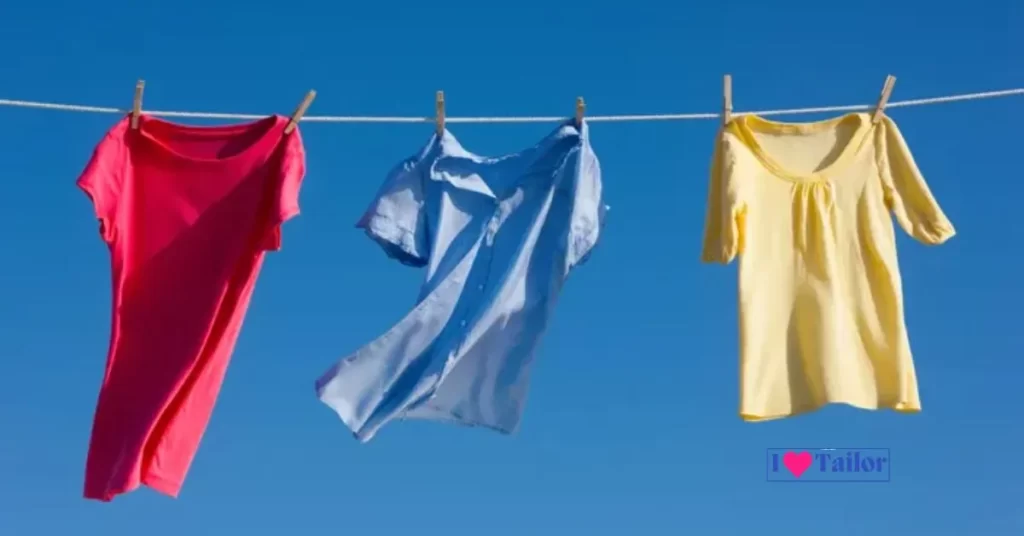
Lastly, air-dry the garment. The heat from a dryer could potentially set any remaining glue stain, making it much harder to remove.
After the garment has dried, check the previously stained area. If any glue residue remains, you may need to repeat the process until the stain is completely removed.
Related: Velvet suit stitching designs
Tips and Tricks for Removing PVC Glue from Clothes
While the steps outlined above provide a comprehensive approach to removing PVC glue from clothes, here are some additional tips and tricks to aid the process:
- Keep Materials On Hand: If you frequently work with PVC glue, keep the necessary materials (detergent, acetone, cotton balls) close at hand. A quick response to a spill is crucial to minimizing damage.
- Prevention is key. When working with PVC glue, wear old clothes that you won’t mind staining, or better yet, wear an apron or another protective layer to shield your clothes from potential spills.
- Blot, Don’t Rub: When dealing with a fresh spill, always blot, don’t rub. Rubbing can cause the glue to spread and penetrate deeper into the fabric.
- Acetone Safety: When using acetone, work in a well-ventilated area, as the fumes can be strong. Furthermore, avoid contact with skin or eyes and keep it out of reach of children.
- Double Check Before Drying: After washing the stained garment, always check it before drying. The heat from the dryer can set any remaining glue, making it almost impossible to remove.
- Stubborn Stains: If a glue stain is particularly stubborn, consider consulting a professional cleaner. They have specialized products and equipment that can help remove difficult stains without damaging the fabric.
- Patience is a virtue. Remember that removing stubborn stains like PVC glue often requires patience and multiple treatments. Don’t get discouraged if the stain doesn’t disappear immediately; persistence usually pays off.
FAQs
Can PVC glue damage clothing permanently?
It can, especially if not removed promptly. But with the right methods, it’s often possible to remove the glue without damaging the fabric.
What if the stain persists after trying these methods?
If the stain remains, consider seeking professional cleaning help.
Can these methods be used on all fabric types?
While these methods work for many fabrics, delicate ones like silk or wool may require professional care.
Can I use commercial glue removers for PVC glue on clothing?
Yes, several commercial glue removers can work effectively. Remember to follow the label instructions and do a spot test.
Why not use a dryer after washing?
A dryer can cause any remaining glue to harden and become harder to remove. It’s safer to air-dry the garment.
Conclusion
Removing PVC glue from clothing can be a challenging task, but it’s certainly not impossible. By using everyday items such as a freezer, heat, chemical solvents, or a product like WD-40, you can effectively remove the glue without damaging your clothing. Always remember to test these methods on a hidden area of the fabric first, and if the garment is particularly delicate or valuable, consider seeking professional cleaning assistance. With patience and careful application, your clothes can be free from PVC glue stains.
Thanks!

